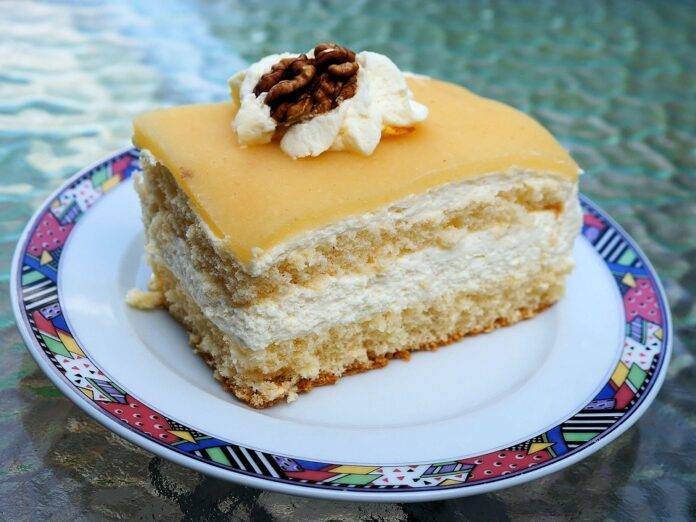Introduction
Marzipan is a sweet confection made from almonds and sugar that has been enjoyed for centuries. This report will delve into the process of how marzipan is made, from the raw ingredients of almonds and sugar to the final sculpted confections that are popular around the world.
History of Marzipan
Origin
Marzipan has its origins in the Middle East, where almonds were readily available. It is believed to have been introduced to Europe through trade routes during the Middle Ages. Marzipan became popular in countries like Spain, Italy, and Germany, where it is still widely consumed today.
Popularity
Over the years, marzipan has become a popular ingredient in many desserts and pastries, including cakes, cookies, and candies. It is also commonly used in sculpting edible figures and decorations due to its pliable texture.
Ingredients Used in Making Marzipan
Almonds
Almonds are the primary ingredient in marzipan and are typically blanched to remove the skins before being ground into a fine powder. This almond meal forms the base of the marzipan mixture, providing its rich nutty flavor.
Sugar
Sugar is added to the almond meal to sweeten the mixture and bind it together. The sugar is typically boiled with water to create a sugar syrup that is then mixed with the almond meal to form a smooth, pliable dough.
Process of Making Marzipan
Grinding Almonds
The almonds are first blanched to remove the skins and then ground into a fine powder using a food processor or a mortar and pestle. This almond meal forms the base of the marzipan mixture.
Mixing with Sugar Syrup
Sugar is boiled with water to create a sugar syrup, which is then mixed with the almond meal to form a smooth dough. The mixture is kneaded until it reaches the desired consistency, adding more sugar or almond meal as needed.
Shaping and Sculpting
Once the marzipan dough is formed, it can be shaped and sculpted into various designs and figures. Marzipan is often used to create intricate decorations for cakes and pastries, as well as edible figurines for special occasions.
Commercial Production of Marzipan
Major Players in the Industry
Some of the major companies involved in the production of marzipan include Niederegger, Odense, and Moll Marzipan. These companies produce a wide range of marzipan products, from traditional blocks to ready-to-use tubes for decorating.
Market Trends and Growth
The global marzipan market is expected to grow steadily in the coming years, driven by the increasing demand for premium confectionery products. Marzipan is also gaining popularity as a vegan and gluten-free alternative to traditional sweets, further fueling its market growth.
Financial Data and Industry Insights
Revenue and Sales Figures
According to industry reports, the global marzipan market was valued at over $500 million in 2020, with Europe being the largest market for marzipan products. The market is projected to continue growing at a steady pace in the coming years.
Key Drivers of Growth
Some of the key factors driving the growth of the marzipan market include the increasing popularity of artisanal and gourmet confectionery products, as well as the rising demand for plant-based and allergen-free sweets. Marzipan’s versatility and long shelf life also contribute to its market growth.
In conclusion, marzipan is a beloved confection that has stood the test of time, with a rich history and a bright future in the global confectionery market. By understanding the process of how marzipan is made, from almonds and sugar to sculpted confections, we can appreciate the craftsmanship and artistry that goes into creating this sweet treat.




